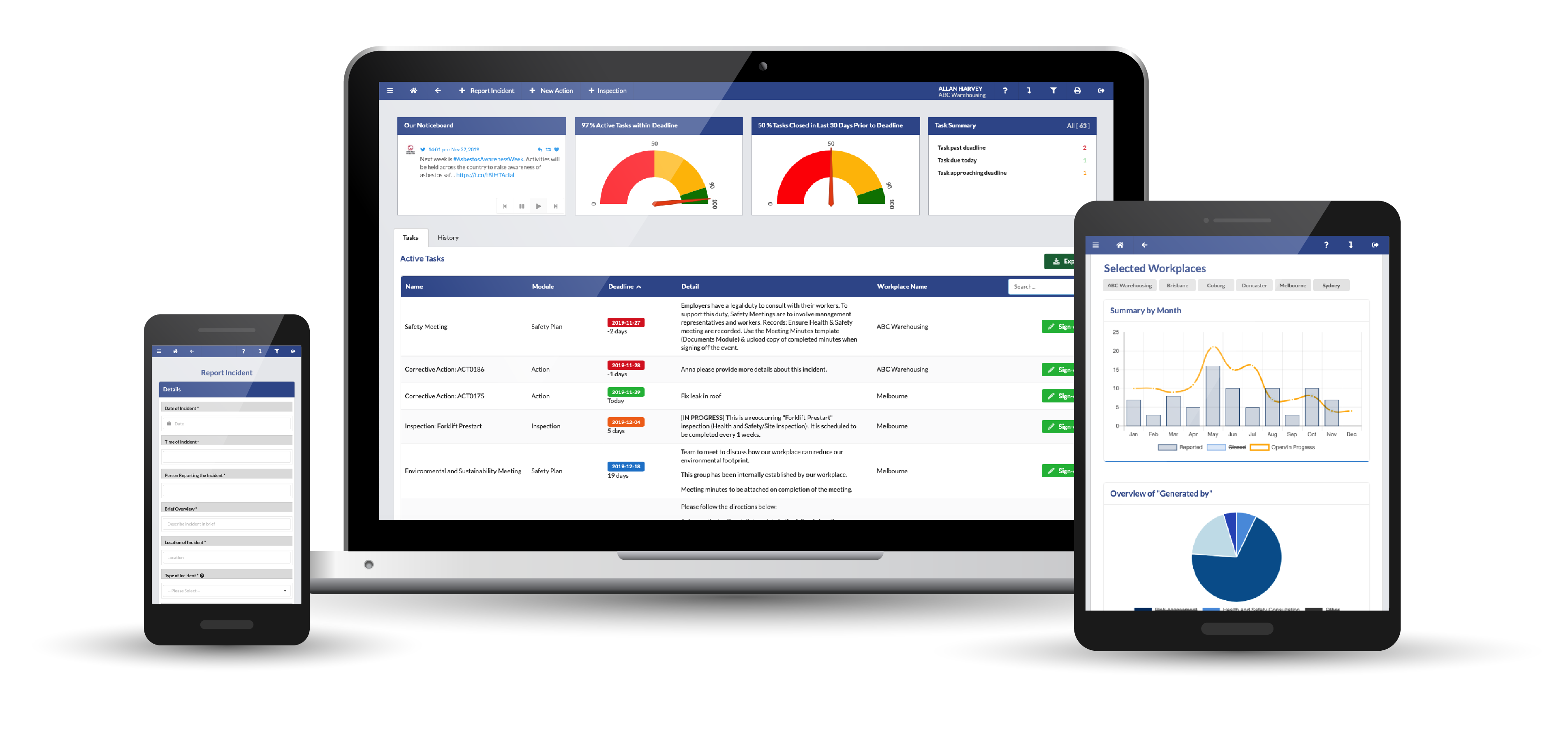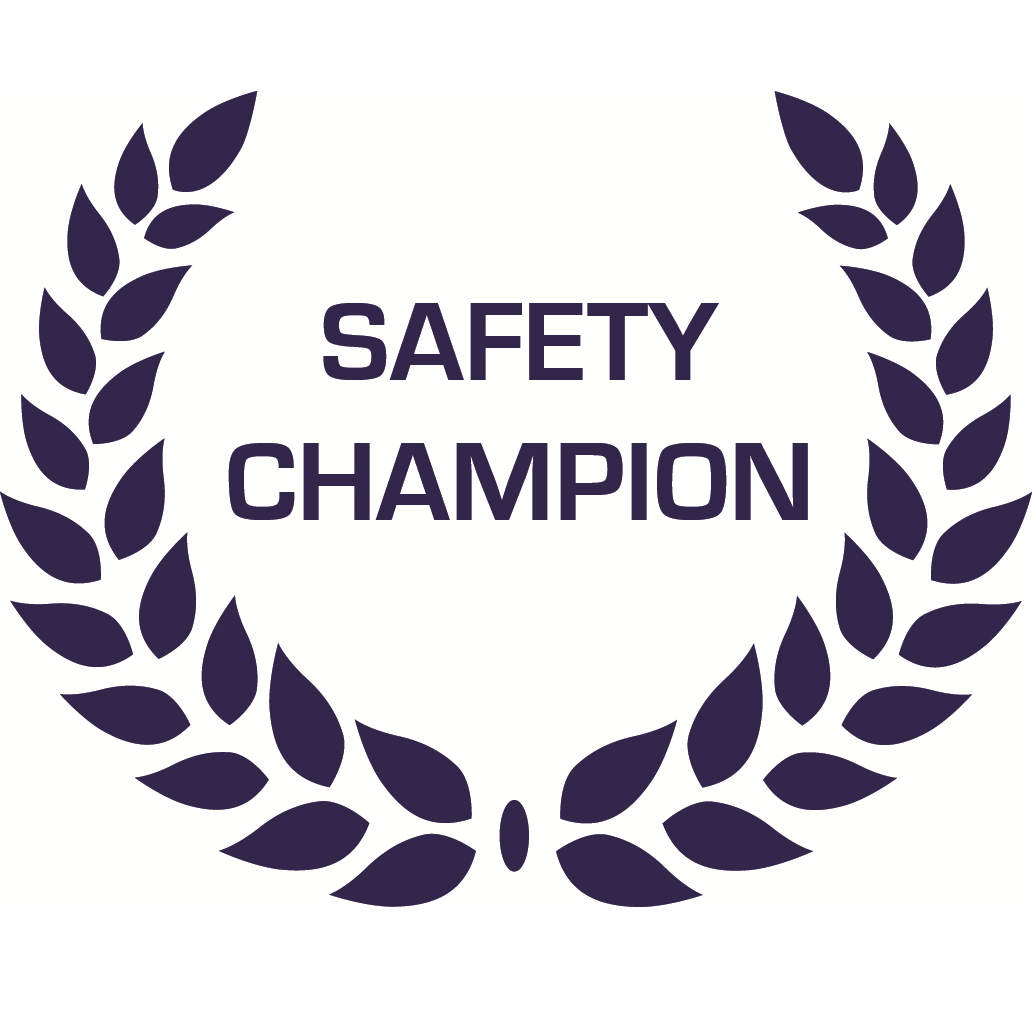

Safety Champion Software

Victoria, Australia
February 2022
Software publishing and SaaS platforms
Service with Minor Environmental Footprint
Australia,
Canada,
Ireland,
New Zealand,
Singapore,
United Kingdom,
United States,
Zambia
We make safety management easier. Safety Champion is a cloud-based health and safety software solution, designed to help businesses of all sizes and across a range of industries proactively meet their legal and moral health and safety obligations. We want to see a world in which no one is hurt at work, ever. Focused. Energetic. Determined. After our experienced team of safety consultants recognised that many businesses were unsure how to implement their safety program, Safety Champion was born. We strive to make safety accessible and easier for all people, no matter their expertise. We do this by allowing businesses to plan, schedule and allocate safety responsibilities across their workforce; whilst at the same time allowing workers to readily access documents, inspections, incident and hazard report forms from their phone. Safety Champion provides management at all levels with real-time visibility of how effectively their safety program has been implemented. Insight into "safety as done"; combined with our data analytics capabilities allows businesses to make smart data-based decisions. Safety Champion allows every worker to access their safety program directly from their pocket – meaning every worker can play an active role in keeping their people and operations safe.
Overall B Impact Score
Governance 16.9
Governance evaluates a company's overall mission, engagement around its social/environmental impact, ethics, and transparency. This section also evaluates the ability of a company to protect their mission and formally consider stakeholders in decision making through their corporate structure (e.g. benefit corporation) or corporate governing documents.
What is this? A company with an Impact Business Model is intentionally designed to create a specific positive outcome for one of its stakeholders - such as workers, community, environment, or customers.
Workers 26.8
Workers evaluates a company’s contributions to its employees’ financial security, health & safety, wellness, career development, and engagement & satisfaction. In addition, this section recognizes business models designed to benefit workers, such as companies that are at least 40% owned by non-executive employees and those that have workforce development programs to support individuals with barriers to employment.
Community 22.2
Community evaluates a company’s engagement with and impact on the communities in which it operates, hires from, and sources from. Topics include diversity, equity & inclusion, economic impact, civic engagement, charitable giving, and supply chain management. In addition, this section recognizes business models that are designed to address specific community-oriented problems, such as poverty alleviation through fair trade sourcing or distribution via microenterprises, producer cooperative models, locally focused economic development, and formal charitable giving commitments.
Environment 10.0
Environment evaluates a company’s overall environmental management practices as well as its impact on the air, climate, water, land, and biodiversity. This includes the direct impact of a company’s operations and, when applicable its supply chain and distribution channels. This section also recognizes companies with environmentally innovative production processes and those that sell products or services that have a positive environmental impact. Some examples might include products and services that create renewable energy, reduce consumption or waste, conserve land or wildlife, provide less toxic alternatives to the market, or educate people about environmental problems.
Customers 18.4
Customers evaluates a company’s stewardship of its customers through the quality of its products and services, ethical marketing, data privacy and security, and feedback channels. In addition, this section recognizes products or services that are designed to address a particular social problem for or through its customers, such as health or educational products, arts & media products, serving underserved customers/clients, and services that improve the social impact of other businesses or organizations.
What is this? A company with an Impact Business Model is intentionally designed to create a specific positive outcome for one of its stakeholders - such as workers, community, environment, or customers.